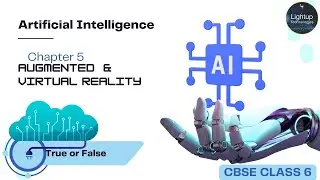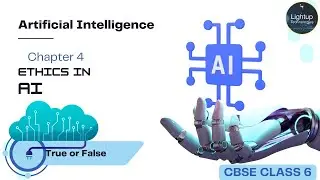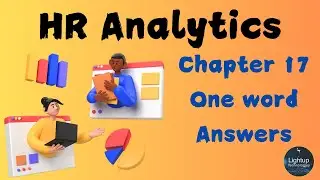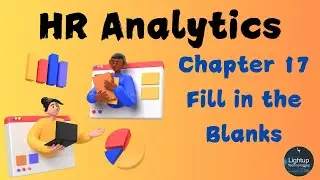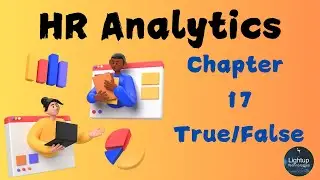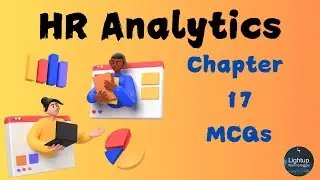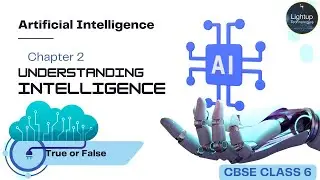Class 12th Data Science Chapter 10 - Regression Algorithms I Group Discussion video
Welcome to our Class 12th Data Science Chapter 10 video on Regression Algorithms I. In this group discussion, we dive deep into the fundamental concepts and techniques of regression, a cornerstone of predictive modeling in data science. This video is designed to provide a comprehensive understanding of regression algorithms, making it an invaluable resource for students aiming to excel in their studies and practical applications of data science.
We begin by exploring the basic principles of regression analysis, which is a statistical method used to model the relationship between a dependent variable and one or more independent variables. This introduction sets the stage for understanding how regression can be used to predict outcomes and identify trends. Our discussion covers the significance of regression in various fields such as economics, biology, engineering, and social sciences, highlighting its versatility and importance in solving real-world problems.
Next, we delve into the most common type of regression: linear regression. Linear regression models the linear relationship between the dependent and independent variables. We explain the mathematical foundation of linear regression, including the equation of a straight line (y = mx + b), where m represents the slope and b the intercept. By understanding this equation, students can grasp how changes in the independent variable influence the dependent variable. We also discuss the assumptions underlying linear regression, such as linearity, independence, homoscedasticity, and normality, which are crucial for the validity of the model.
Our group discussion then moves on to the process of fitting a linear regression model to data. This involves finding the best-fit line that minimizes the sum of squared residuals (the differences between observed and predicted values). We cover techniques such as the method of least squares, which is used to estimate the parameters (slope and intercept) of the regression line. By the end of this section, students will have a clear understanding of how to derive and interpret the coefficients of a linear regression model.
We also explore the concept of multiple linear regression, an extension of simple linear regression that models the relationship between a dependent variable and multiple independent variables. This section is particularly important as it demonstrates how to handle more complex datasets where several factors influence the outcome. We discuss the interpretation of regression coefficients in the context of multiple predictors and emphasize the importance of checking for multicollinearity, a condition where independent variables are highly correlated, which can affect the stability and interpretation of the regression coefficients.
In addition to theoretical concepts, we provide practical insights into the application of regression analysis using popular data science tools and programming languages. We discuss how to implement regression models in Python and R, two of the most widely used languages in data science. By showcasing code examples and step-by-step procedures, we aim to equip students with the practical skills needed to apply regression techniques to real datasets. This hands-on approach helps bridge the gap between theory and practice, reinforcing the concepts discussed in the video.
Furthermore, our discussion includes a section on the evaluation and validation of regression models. We explain the importance of assessing the performance of a regression model using metrics such as R-squared, Mean Squared Error (MSE), and Root Mean Squared Error (RMSE). These metrics provide insights into the accuracy and reliability of the model’s predictions. We also cover techniques for model validation, including cross-validation, which helps ensure that the model generalizes well to new, unseen data. Understanding these evaluation methods is crucial for developing robust and reliable regression models.
Another key topic we cover is the potential pitfalls and challenges associated with regression analysis. We discuss common issues such as overfitting, where the model performs well on training data but poorly on test data, and underfitting, where the model is too simple to capture the underlying pattern in the data. We provide strategies to mitigate these issues, such as regularization techniques (e.g., Lasso and Ridge regression) that add a penalty term to the regression equation to prevent overfitting. By addressing these challenges, we aim to prepare students for the complexities they may encounter in real-world data science projects.

![Complete online adult ballet center [30 minutes]](https://images.videosashka.com/watch/IgZEpRMQ-cE)










